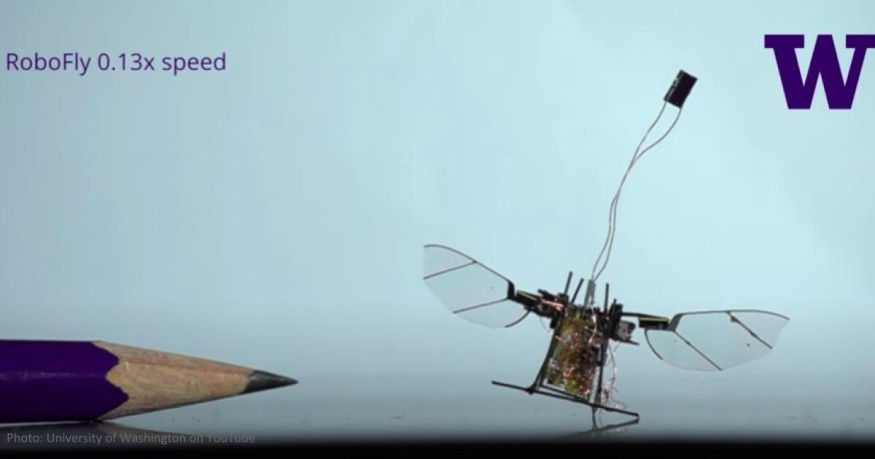
University of Washington (UW) scientists have made a version of the GoPro for beetles, making a backpack robot camera and insect robot. They developed a wireless, steerable, tiny camera that can be attached to an insect.
This camera can stream videos to a smartphone at the level of 1-5 frames per second. It is mounted on a mechanical arm that has a 60-degree pivot capacity. The gadget can capture panoramic, high-resolution shots and track moving objects with very minimal energy consumption.
This is a versatile system that only weighs roughly 250 milligrams, comparable to the weight of one-tenth of a standard playing card. They are mounted on living beetles and robots the size of an insect. They published their research in the journal Science Robotics.
Senior author and UW Paul G. Allen School of Computer Science and Engineering associate professor Shyam Gollakota says the system is low-power, lightweight, and wireless. Aside from that, it can give us the first-person point of view of how insects see the world, as well as provide vision to small robots. He says that vision is a valuable tool to communicate and navigate, except that it is tough to do on such a small scale.
Even if the camera is lightweight, its batteries make the system too heavy and large for mounting on insects. Sawyer Fuller, co-author and UW mechanical engineering assistant professor says that some flies are equipped with a small region of hi-resolution vision in their compound eyes to help reduce needed brain power for focusing. They can just turn their heads where they want to focus. This requires less brainpower compared to having a piece of visual equipment with completely high-resolution.
The researchers decided to replicate this efficient system by using a black & white ultra low-powered camera mounted on a mechanical arm that can sweep over a wide field of view. They can bend and move the arm.
Co-lead author and UW electrical and computer engineering doctoral student, Vikram Iyer, says that a movable camera has the advantage of having a wide-angle field of view without needing a lot of power. A moving object can be tracked without needing to move the entire robot. It also has a higher resolution compared to a lens with a wide angle that has the same pixels spread on a larger area. Control is through Bluetooth with a range of 120 meters.
The system was placed on the Pinacate beetle and the death-feigning beetle. Other comparable beetle species can carry weight more than 0.5 gram.
Ali Najafi, UW electrical and computer engineering doctoral student and co-lead study author, said they ensured that the beetles can still move naturally despite the backpack. They were also shown to freely navigate on gravel, up slopes, and climb trees. The animals lived for a minimum of a year since the experiment ceased.
Additionally, the researchers also designed the smallest power-autonomous, terrestrial robot having wireless vision. It is insect-sized and uses vibrations for movement. It consumes power comparable to the amount that Bluetooth low-power radios use.
The robot can move roughly 2-3 cm per second, which is faster than other tiny robots that also use vibrations for movement. Its battery life is around 90 minutes.
Gollakota said that such technology might cause privacy issues. They strongly believe it is important to let the public know about it for people to become aware and address the risks.
Iyer says that the technology can answer many scientific questions and can be used for novel applications.
© 2025 NatureWorldNews.com All rights reserved. Do not reproduce without permission.





